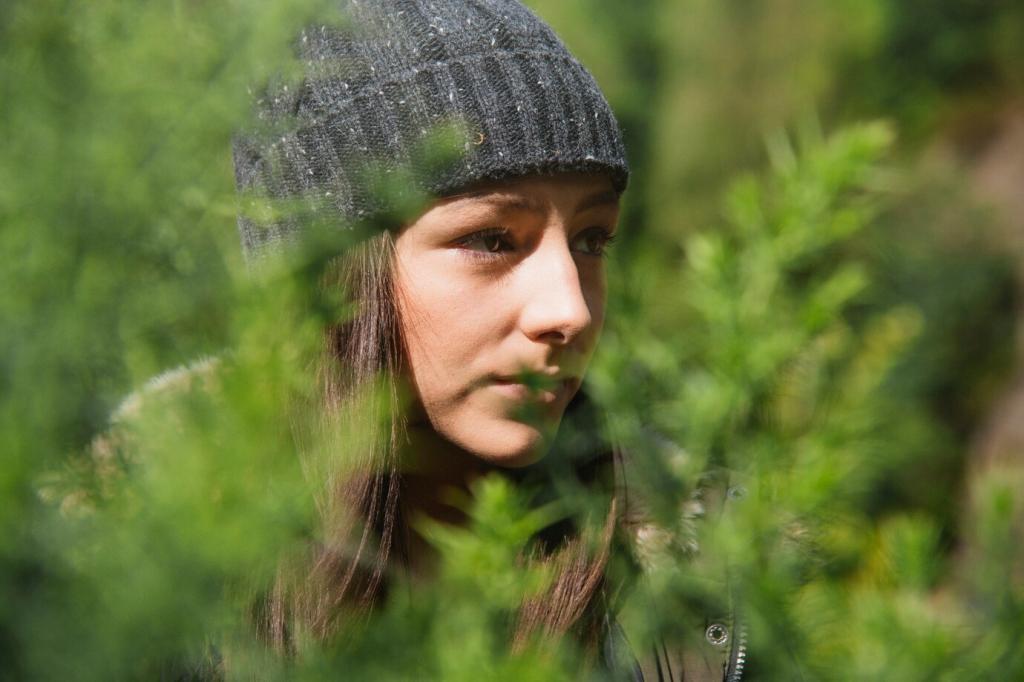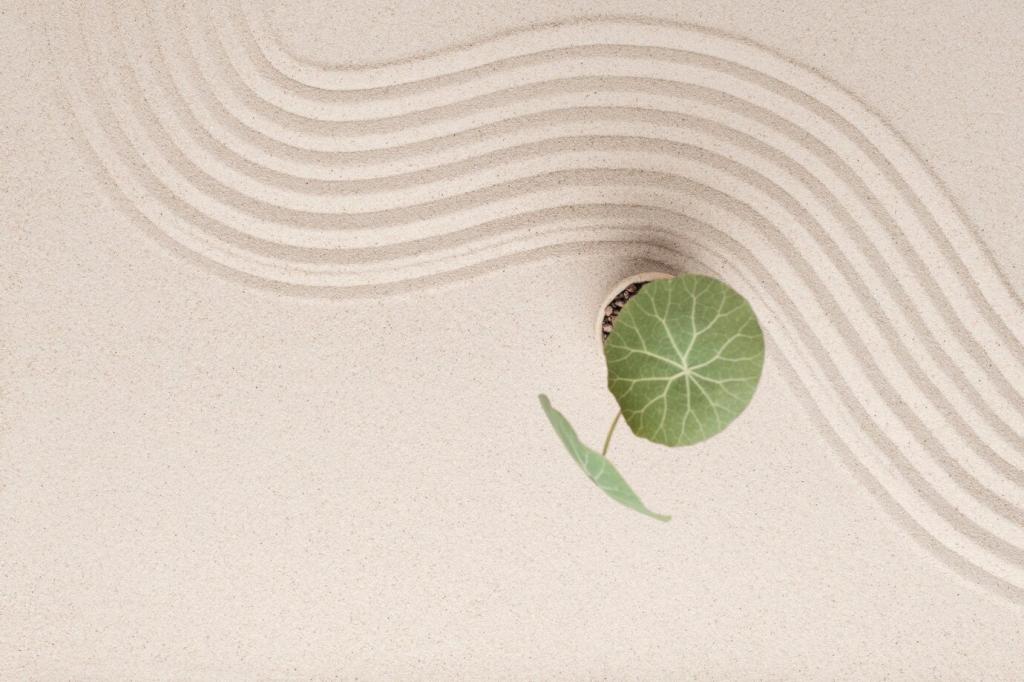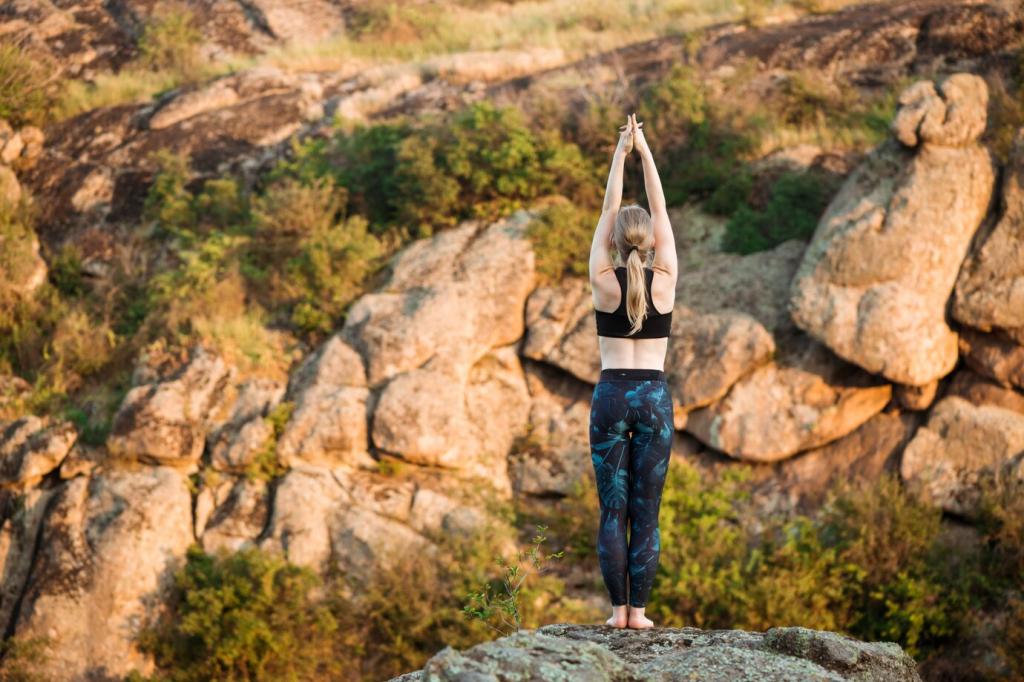Silent Meditation Retreats in Nature
Why Silence in the Wild Heals
When we leave alerts and engines behind, our hearing resets to softer textures—leaves, water, distant wings. Breath slows, shoulders drop, and the nervous system finds rhythm. Many practitioners report steadier focus and calmer moods after hours of uninterrupted nature-based silence.
Why Silence in the Wild Heals
Open horizons, gentle paths, and moving clouds ask little of our directed attention. This effortless fascination refuels tired minds, making space for reflection. On silent retreats, spacious scenery becomes an ally, cradling awareness without demands or distractions.


Preparing for a Silent Retreat Outdoors
Choose layers, a warm hat, breathable rain shell, and broken-in shoes. Bring a simple mat, water, thermos, and nourishing snacks. A small journal supports reflection between sits, while a red bandana or token can signal silence kindly to curious passersby.
Write a short, clear intention before you go, like “I will meet each sound with kindness.” Keep it in your pocket and revisit it at dawn and dusk. A simple intention steadies attention when discomfort, boredom, or restlessness inevitably arises.
Tell friends or family when you will be unreachable, set an emergency contact plan, and then fully disconnect. Silence deepens when you are not half-available to the world. Invite them to support your retreat by welcoming your post-retreat integration.

Practices to Deepen Your Silence
01
Mindful walking on the trail
Let your soles meet earth with friendly attention: heel, arch, toes. Feel textures—pine needles, gravel, damp soil—and notice how awareness falls naturally into your feet. When thoughts surge, soften your gaze and return to the cadence of steps.
02
Breath as anchor with birdsong
Sit where birds weave the air with notes. Let breath be your steady center, and birdsong the gentle periphery. Each call arises, shines, and fades, teaching impermanence kindly. When the mind grabs, smile and rest again in inhale and exhale.
03
Sunrise and sunset rituals
Greet the day by standing still as light shifts from blue to gold. At dusk, kneel or sit as shadows return. Mark these thresholds with three slow breaths and one simple gratitude. Over days, these bookends quietly reorient your whole life.
Design Your Own Micro-Retreat Close to Home
Choose place and time wisely
Pick an area with clear trails, cell reception for emergencies, and minimal crowds during early mornings. Check weather and daylight, share your plan with someone you trust, and consider a buddy who agrees to maintain silence together.

Eat slowly with gratitude for soil, rain, hands, and transport. Notice textures and temperature before naming flavors. Keep meals simple to avoid sluggishness. After eating, pause for three quiet breaths to feel how nourishment ripples through your energy.
Food, Comfort, and Weather Wisdom
Forest bathing roots and benefits
Shinrin-yoku, or forest bathing, honors unhurried immersion among trees. Many participants report steadier mood, lower stress, and easier breathing after unstructured time outdoors. Fold its spirit into silence by lingering, sensing, and letting the forest set the pace.
Echoes of monastic silence
Monastic communities have long used silence to cultivate clarity and compassion. Bringing this spirit into the wild marries stillness with living earth. The result is disciplined gentleness, where ethics, attention, and care for place arise naturally together.

Keep the Conversation Quietly Alive
Write freely about moments that felt vivid—footfalls, a heron’s lift, the clean taste of air. Note insights you want to test this week. Then share one gentle intention with a friend to anchor your learning in relationships.
Keep the Conversation Quietly Alive
Choose a regular morning for devices-off quiet in a nearby green space. Repeat your simple schedule, adjusting seasonally. Over months, you will likely notice easier emotional regulation and steadier focus. Invite a friend who agrees to remain silent.
